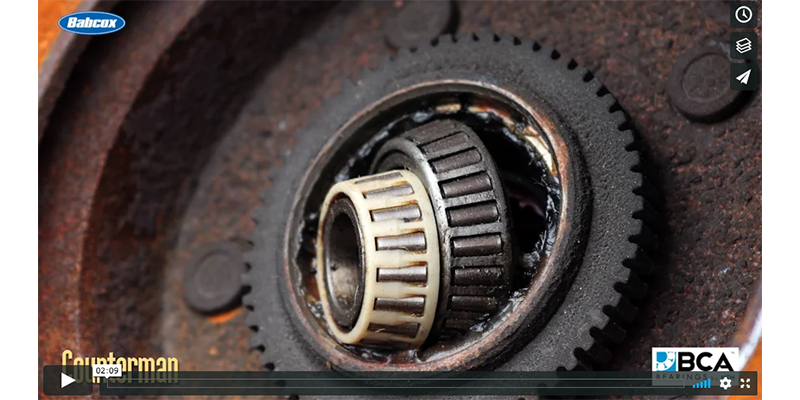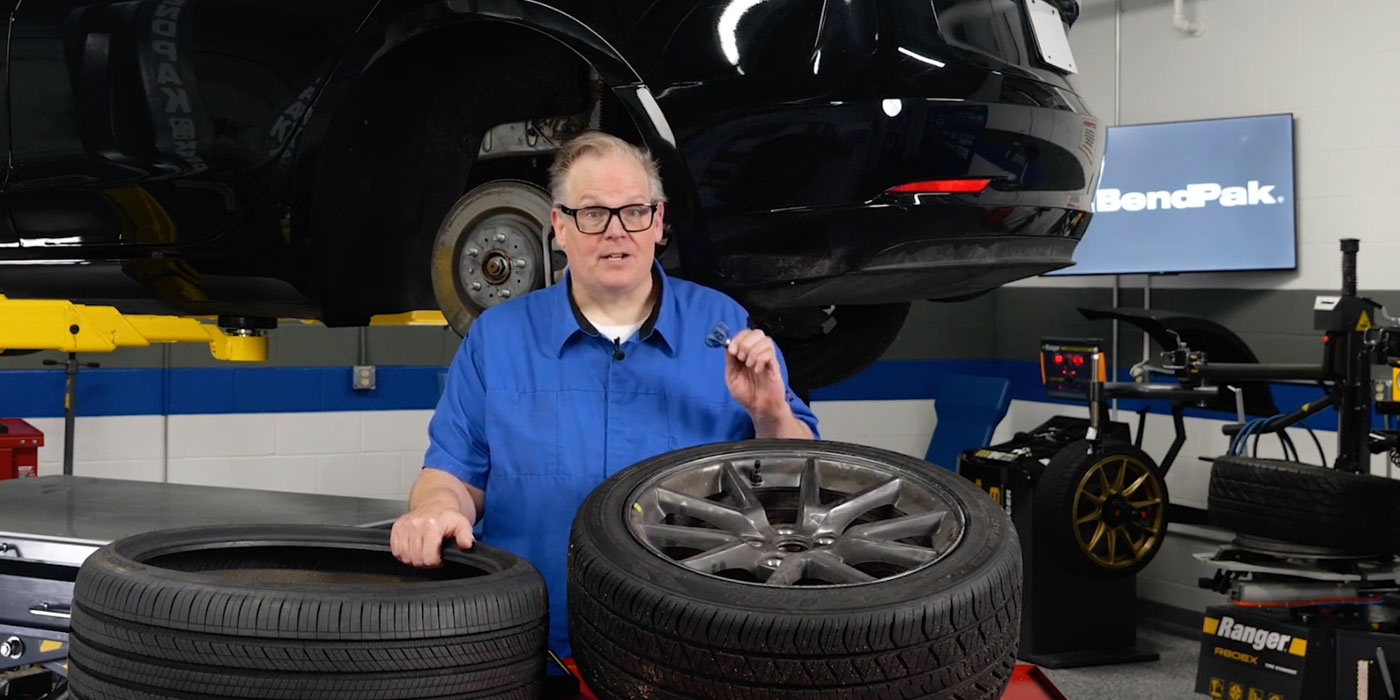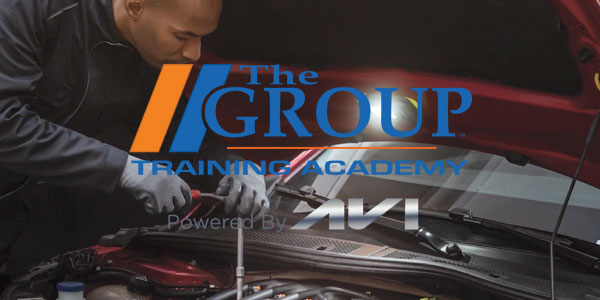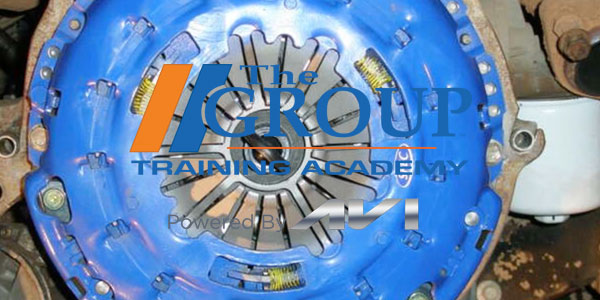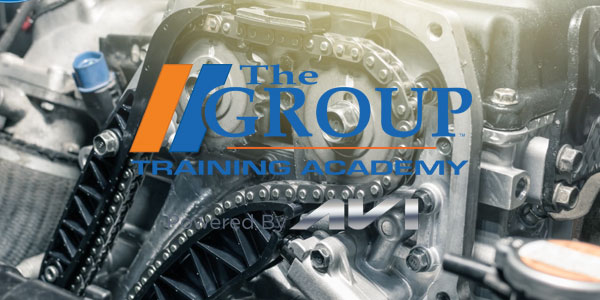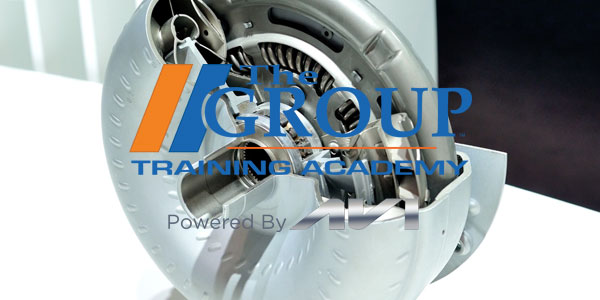This video is sponsored by BCA Bearings.
There are a couple of reasons why a bearing might not go the distance. First, let’s talk about the old-style tapered roller bearings. While these aren’t so common anymore, you still might find them on trailers, some two-wheel-drive pickup trucks
Most late-model vehicles, however, come with sealed bearings and hub assemblies, which are pre-greased and maintenance-free. While these newer generations of bearings can last the entire life of the vehicle, they will fail prematurely if they’re pushed beyond their design limits. An obvious example would be using your car for racing. The bearings in front-wheel drive passenger cars aren’t designed to handle the severe cornering forces you’d encounter on a racetrack.
In the real world, though, most people don’t use the family vehicle for racing. But you’ve probably had some customers who’ve used suspension lift kits
Environmental contamination such as water, dirt
In the next few videos, we’ll talk about ways to help your customers diagnose bearing failure and understand their replacement options.

